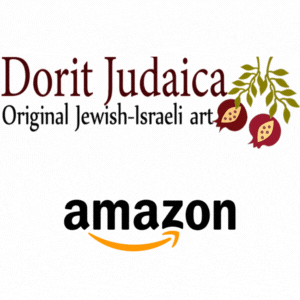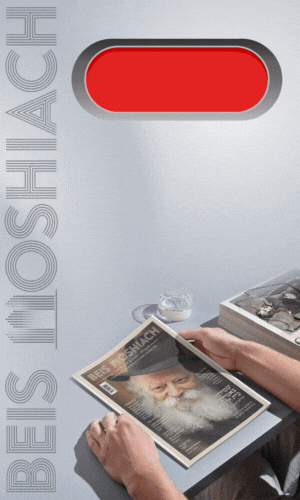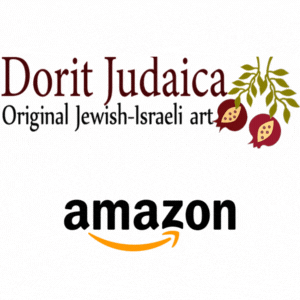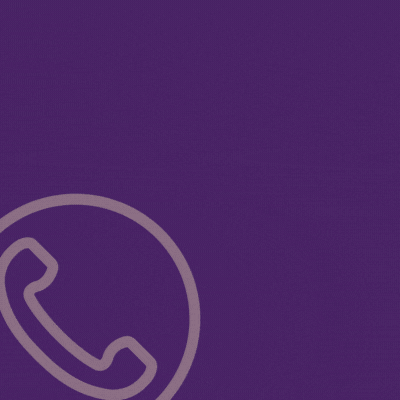The Secret of Chabad’s Success
By Shani McManus / Florida Sun Sentinel
While some mainstream synagogues struggle to keep the doors open, or merge with other area synagogues due to dwindling membership and financial strains, others, specifically Chabads and Orthodox synagogues, appear to be flourishing.
With the recent closing of a 40-year-old Delray Beach temple, community spiritual leaders offer some causes of decking mainstream synagogue participation.
“A big part of Chabad’s success is that the way we operate is different than the mold of conventional synagogues,” Rabbi Ruvi New of Chabad of East Boca Raton said. “At Chabad, the emphasis is on that particular community. Chabad is really a community without walls.”
New said Chabad’s objectives are to “reach each and every Jew with a positive message.”
“We don’t label people according to Movement,” he said. We look at every Jew as a Jew. We have unconditional love for every Jew.”
Another reason, he noted, is that Chabad doesn’t require membership or dues.
“You don’t have to have a ticket to attend services, and you don’t have to be a member,” he said. “This type of approach resonates with people. Our services are open to all people.”
Rabbi Sholom Ciment of Chabad-Lubavitch of Greater Boynton Beach, said another reason Chabads are doing well is that “every single Jew” feels welcome and at home.
“The Rebbe’s [Rabbi Menachem Mendel Schneerson] philosophy of focusing entirely on spreading light, love [and] inspiration without divide or question, is a winning formula that can and should be employed,” Ciment said.
“The cases of a Chabad center closing due to financial circumstances are very rare indeed,” he said. “The Rebbe taught us never to give up.”
Rabbi Yisroel Spalter of Chabad of Weston said it’s “not a secret” that mainstream synagogues are faltering.
“If you teach a watered-down Judaism, that’s what you get. At the end of the day, people want an authentic Judaism,” he said. What people are looking for in a synagogue is someone who really cares for you,” he said.
Spalter said the two most important reasons Chabad continues to grow is, “authentic Judaism as it was observed thousands of years ago, and a love of Jews.”
However, Rabbi Eliot Pearlson of Temple Menorah in Miami Beach, a Conservative synagogue said “not all Chabads are doing well. You hear about the Chabad successes — not the failures.”
He cites “three main reasons” why Orthodoxy “in general” is growing: birthrate, outreach and retention.
“Orthodox synagogues do better because of the nature of the community. In the Orthodox world a synagogue of 150 families will have 200 men on Sabbath mornings. Attendance in Orthodox communities is not a ‘good deed,’ but rather ‘prayer with a minyan’ is a commandment.”
A Conservative synagogue with 150 families might need to count women to assure a minyan, he said. Attendance is viewed not as mandatory, but rather a cultural and social act of commitment.
“I think that in the last 20 years as Conservative synagogues tended toward the liberalization of Jewish observance, it became harder for lay people to differentiate between Reform and Conservative communities,” Pearlson said. “One can enter a Conservative synagogue and find a woman rabbi, woman cantor, read one-third of the weekly Torah portion (called the Triennial Reading), count woman in the minyan, give woman aliyot to the Torah and even have musical instruments on the Sabbath and High Holidays.
Moreover, Pearlson noted that in the last 20 years Reform synagogues have increased their level of traditional prayers, rituals and observance.
“Wherein, originally, the Reform movement didn’t allow certain traditional rituals, now routinely they wear yarmulkes, talltot, have prayer books in both Hebrew and English, and espouse Zionistic ideals,” he said.
“To the untrained eye, it is difficult to differentiate between the nuances of the liberal branches of Judaism,” he said. “Therefore Conservative synagogues are diminishing in attendance and strength.”
843
Join ChabadInfo's News Roundup and alerts for the HOTTEST Chabad news and updates!











































All very lovely but we DO label people because if your mother isn’t Jewish kehalocho or you converted kehalocho, which applies to many American non-Orthodox Jews, we consider you a goy. The shluchim conveniently miss that part out, it’s one of the biggest issues for the american jewish community. We DO label you – Jew or goy!
As a Chabadnik we welcome all humans to our Shuls. But each has a role to play. Since Torah is eternal not yours or my opinion, it decides the roles. It has endured for over 3000 years.